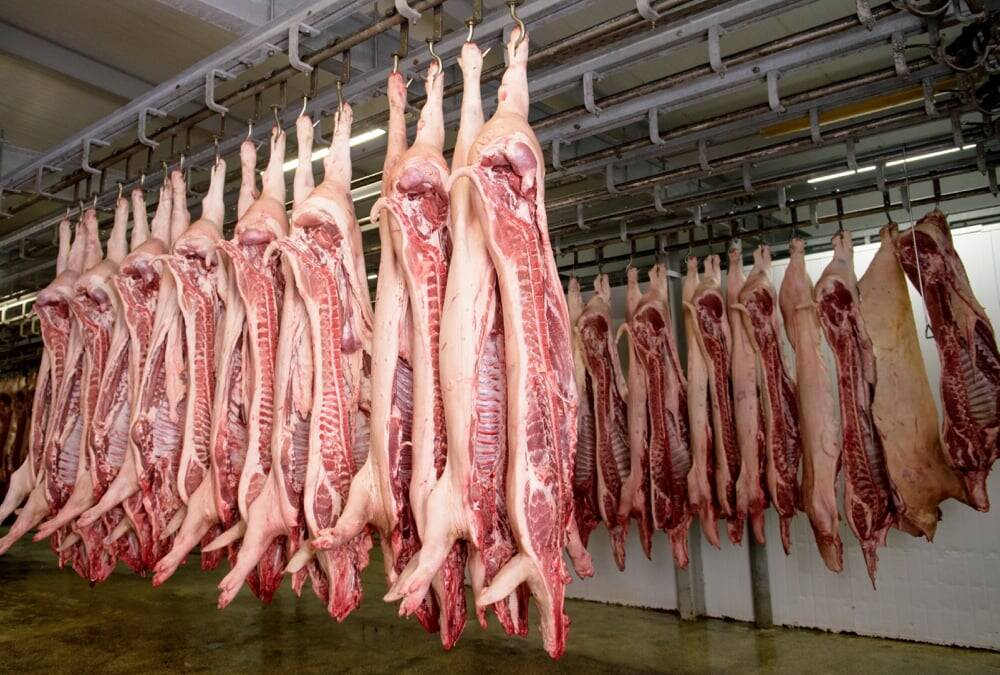MarketsFarm — Increasing demand for feed barley has created a strong but extremely tightened market for the crop and it may potentially buck seeding predictions for 2021-22.
Peter Watts, managing director of the Canadian Malting Barley Technical Centre in Winnipeg, said rising demand from China is also raising prices for feed barley, urging growers to sell their crop and deplete domestic supply.
“They’re emptying their bins and prices have remained really strong,” he said, adding that carry-out stocks will be “very low” this year.
Read Also

U.S. livestock: Lean hogs tick down on supply numbers, year-end positioning
Chicago | Reuters – Chicago Mercantile Exchange live cattle and lean hog futures fell while feeder cattle futures rose on…
He added that 500,000 tonnes of new crop have already been slated for export to China this year. Domestic supply has already been reduced so much that high-quality malting barley has found its way to feed channels.
“In a year like this, (the barley) may be malt quality but the prices are so strong that producers have decided to take the cash and sell their malting barley into the feed sector,” Watts said. “It’s too bad to lose that good-quality malting barley, but if the livestock industry’s willing to pay for it, that’s where producers are going to sell it.”
In Agriculture and Agri-Food Canada’s latest forecast from January, seeded area for Canadian barley is expected to decrease seven per cent to about 7.17 million acres in 2021-22, citing competition from oilseeds. Meanwhile, production would decline by 12 per cent to 9.5 million tonnes.
Watts disagrees with that assessment. “We could see a five to 10 per cent increase in seeded area,” he predicted.
“I think producers will respond by seeding more barley this year, given the good prices. Assuming an average yield, we might see a bump in production next year.”
— Adam Peleshaty reports for MarketsFarm from Stonewall, Man.
















